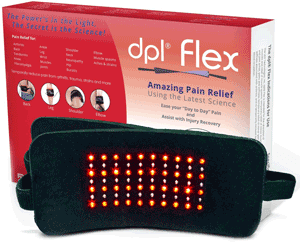Are you afraid of swaying around and become sun-kissed on the beach? Most people that have pale to fair skin complexions suffer from burns, allergies, diseases, or even cancer because of the Ultra Violet (UV) rays emitted by the sun’s flare. A major reason why people in this modern generation decide to darken their skin to achieve a brownish complexion through the tanning beds a.k.a. sun beds. In fact, the greater the melanin content that you have hence, the safer is your skin from the damaging heat of the sun. Some try the natural way of tanning by staying long hours under the sun while some prefer artificial quick tanning procedures such as through the use of a tanning bed. By the way, how tanning beds work? Before reaching to the procedure itself, let’s define first a tanning bed.
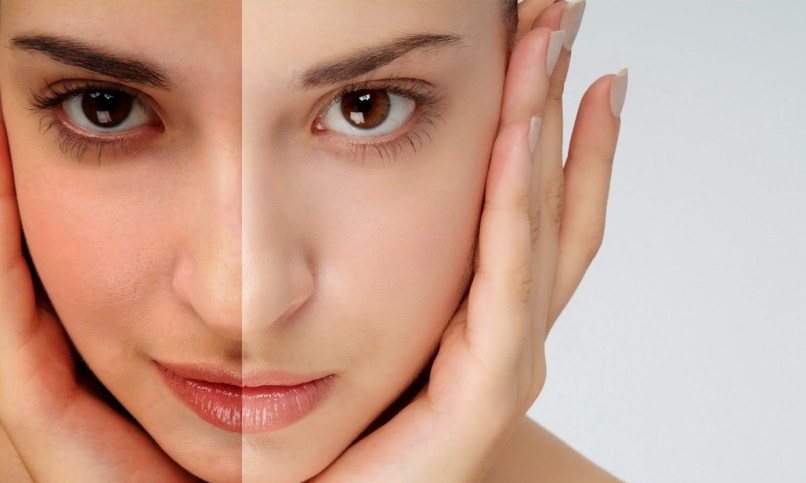
Brief Definition of Tanning Beds
A tanning bed is an advanced technology used by the authorized tanning salons to effectively perform cosmetic pigmentation on the skin and boost the melanin levels against the prickly heat of the sun. Usually, it is designed with a fluorescent lamp and engineered with a phosphor that artificially makes the skin in a tanned color. In addition, it uses a high-pressure concentration to produce Ultra Violet A (UVA) and Ultra Violet B (UVB) emissions to achieve the desired tan.
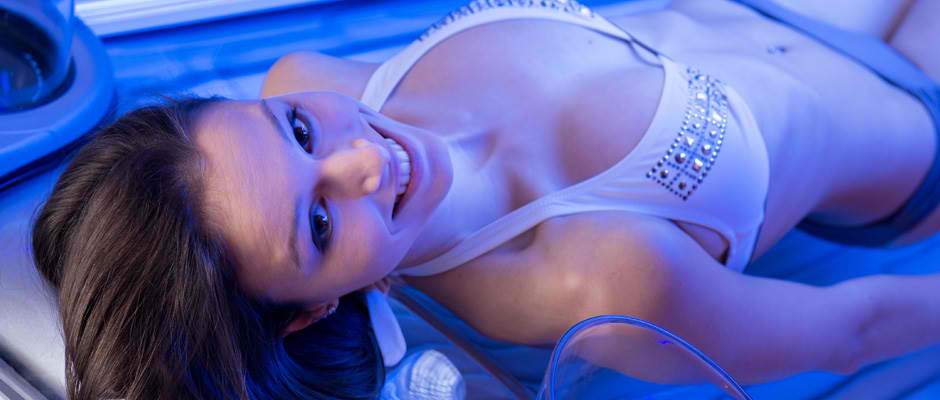
How do tanning beds work?
Special fluorescent lamps are the popular devices built-in on the tanning bed that produces the radiation effect in a UVA and UVB wavelengths. Normally, a range of 95% UVA and 5% UVB is the mixture to do the tan trick for the artificial brownish skin color. The primary difference of the two depends on the depth of the rays’ penetration to come up with pigmentation. In a UVA, it usually contains a 315 to 400 nanometers wavelength and it enters in the lower layers of the skin passing the epidermis and reaching the dermis layer. On the other hand, the UVB has a 280 to 315 nanometers wavelength and penetrates on the upper layer of the skin which is located on the epidermis. Moreover, the UVA is usually the sun rays that you notice when it passes through the window while the UVB is the sun rays that often feel around the midday until the afternoon.
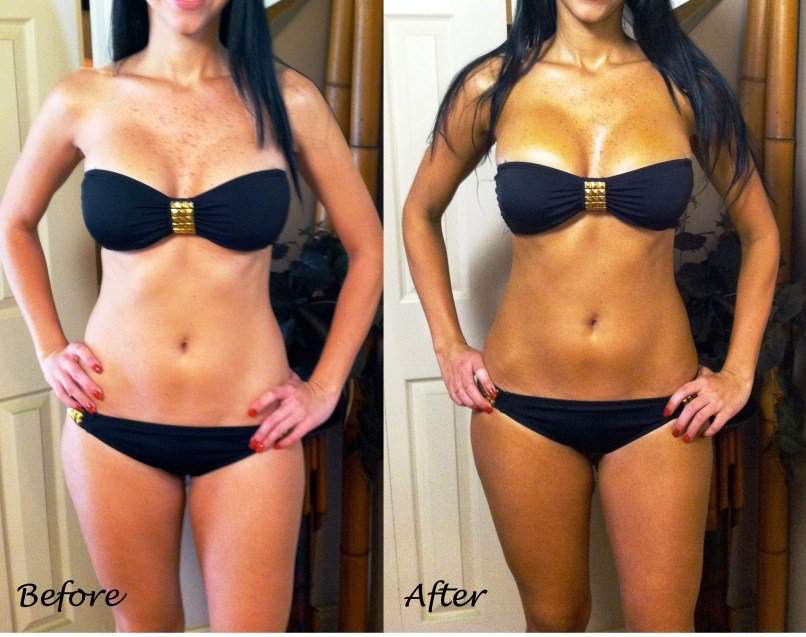
Getting back on the main topic, the tanning beds constitute 12 to 60 fluorescent lamps that have 100 up to 200 watts. The radiation of the lamps is responsible for the tanning effect on the skin as emitted similar to the natural rays of the sun. These lamps are safely built and the user will not feel any electrocution or burn while inside the tanning bed. It has a reflector system that can modulate the heat and regulate the humidity while the patient is relaxing on the tanning bed. The patient will feel the tanning as if he’s wandering or traveling outdoors around the period of 10:00am until 4:00pm. As the wavelengths of the 95% UVA and 5% UVB reach the surface and in-depth portion of the skin, these two active rays will help stimulate the melanocytes, which is responsible in multiplying the melanin thus, yielding into a naturally tanned skin. Tanning beds are usually performed in a low pressure at a length of time of 5 minutes and gradually increasing as the patient tolerates the heat of the tanning procedure. Don’t feel anxious if it’s your first time because the tanning salons will recommend low pressure first before giving you with longer minutes to stay on the bed.
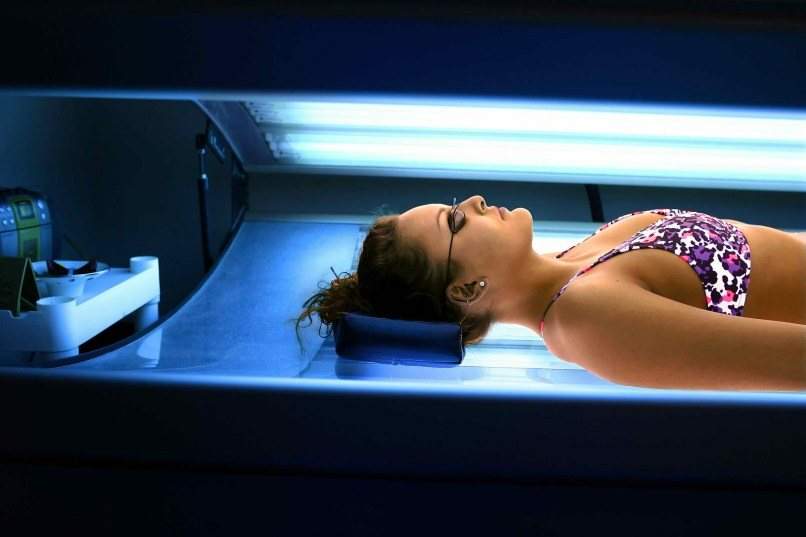
Expose of your body to achieve a gorgeous tan while lying on the bed needs to be gradually monitored especially for the first-timers. A low pressure is the starting point to safely sunburn the patient’s skin for a 4 to 5 minutes session. The patient should be reminded to wear goggles and head cap to protect the eyes and scalp from the heat of the tanning. Don’t apply anything on the skin while taking the tanning bed so that your skin will not get burn easily such as oils, warm lotions or gels. Furthermore, it is best to consult the salon first as well as the dermatologist if you’re qualified to take the tanning so that your skin will be assessed if it can resist the pressure and heat of the device. Enjoy your skin complexion as you’ve experienced the benefit of the tanning.

